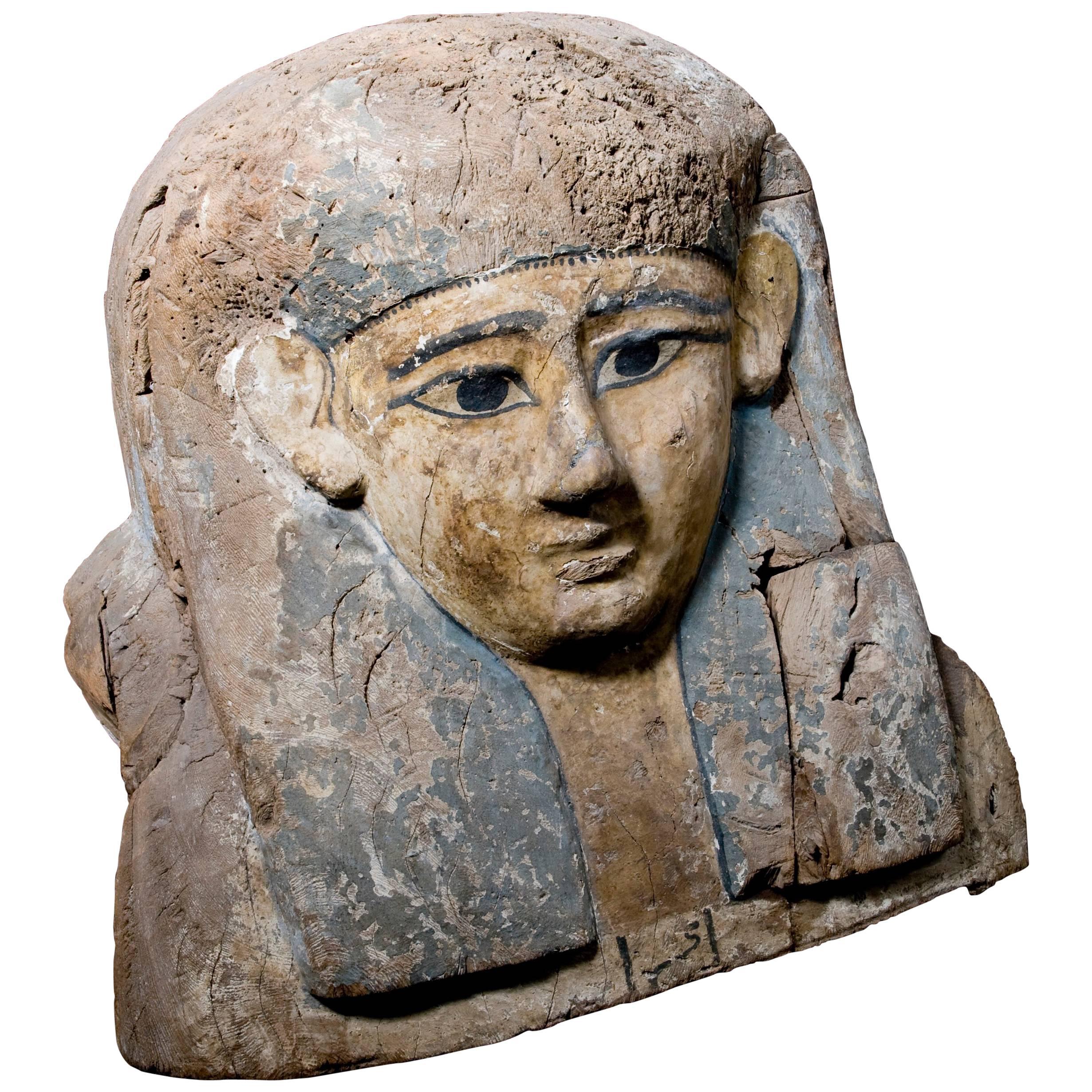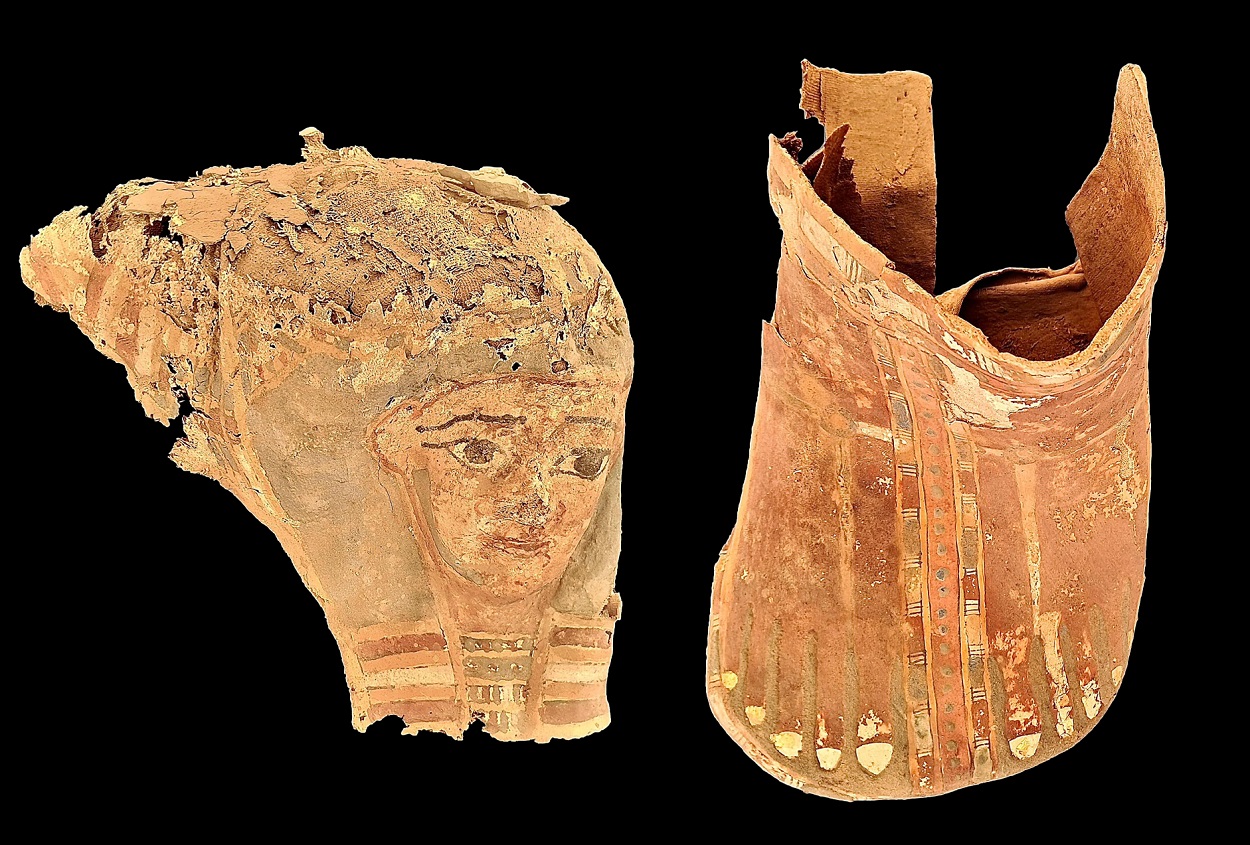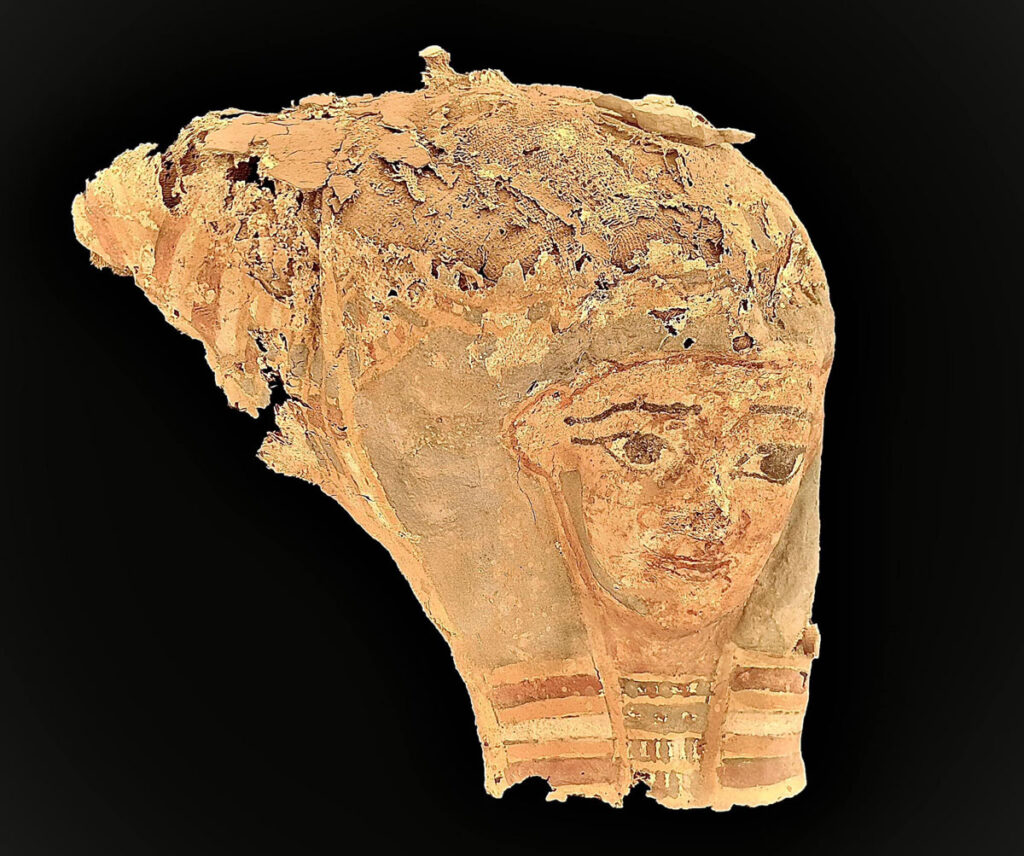In the heart of Aswan, Egypt, a remarkable archaeological discovery has shed new light on the vibrant past of this ancient land. A team of Egyptian and Italian researchers has unearthed a treasure trove of 33 tombs dating back to the Greco-Roman era, offering a glimpse into the lives and customs of those who once inhabited this region. This captivating find not only expands our understanding of the region’s history but also unveils the intricate tapestry of ancient Egyptian society during a crucial period of transition and cultural exchange.
The Aswan Necropolis: A Window into the Past
The cemetery discovered by the team stretches across the west bank of Aswan, encompassing a vast expanse that was actively used from the 6th century BC to the 3rd century AD. This expansive timeline underscores the enduring significance of this site, which served as a final resting place for generations of Egyptians during a time of profound social and political change.

Among the 33 tombs uncovered, archaeologists have encountered a diverse array of architectural styles and burial practices, each offering a unique perspective on the evolving cultural landscape of ancient Aswan. Some of the tombs feature vaulted entrances and courtyards surrounded by mudbrick walls, while others have been meticulously carved into the rock face of a nearby mountain, showcasing the ingenuity and skill of their builders.
Uncovering the Treasures Within
The excavation of these tombs has yielded a remarkable array of artifacts and remains, providing invaluable insights into the lives and beliefs of the individuals interred within. Archaeologists have recovered fragments of mummies, funerary tools, stone and wood coffins, painted terracotta figurines, offering tables, and intricate pieces of painted cartonnage – a material made from layers of papyrus or linen that was used to create elaborate funerary masks and coverings.
One particularly intriguing discovery was the presence of bracelets on some of the mummified individuals, as revealed through CT scans of the remains. This finding suggests a level of adornment and attention to detail in the burial practices of the time, hinting at the social status or personal significance of the deceased.

The Diversity of the Aswan Necropolis
Further analysis of the human remains uncovered within the tombs has shed light on the diverse nature of the Aswan necropolis. Patrizia Piacentini of the University of Milan has reported that as much as 40% of the individuals buried in these tombs were children or adolescents, a sobering statistic that underscores the challenges and hardships faced by ancient Egyptian communities.
The examination of the skeletal remains has also revealed evidence of a range of health conditions and ailments, including infectious diseases, metabolic disorders, amputations, anemia, nutritional deficiencies, tuberculosis, and osteoarthritis. These findings not only provide valuable information about the medical practices and challenges of the time but also offer a poignant reminder of the fragility of human life in the ancient world.
The Significance of the Aswan Necropolis

The discovery of the Aswan necropolis holds immense significance for our understanding of ancient Egyptian history and culture. This remarkable site serves as a testament to the enduring legacy of a civilization that has captivated the world for millennia, and the ongoing efforts of archaeologists to uncover its secrets.
By studying the architectural styles, burial practices, and material culture found within these tombs, researchers can gain valuable insights into the social, religious, and economic dynamics that shaped the lives of the people who once called Aswan home. Furthermore, the diversity of the remains, including the high proportion of children and adolescents, highlights the complex realities of life and death in ancient Egypt, challenging our preconceptions and inviting us to delve deeper into the nuances of this remarkable civilization.
Conclusion: A Lasting Legacy
The Aswan necropolis stands as a testament to the enduring power of archaeology to uncover the hidden stories of the past. As the excavation and analysis of this remarkable site continue, we can expect to uncover even more fascinating insights into the lives and experiences of the individuals who called this region home during the Greco-Roman era.

Through the careful study of the artifacts, remains, and architectural features found within these tombs, researchers can piece together a more complete and multifaceted understanding of ancient Egyptian society, its customs, and its struggles. This knowledge not only enriches our appreciation of the past but also informs our understanding of the human experience, reminding us of the timeless connections that bind us across the centuries.
As we continue to explore the Aswan necropolis and unravel its many mysteries, we can look forward to a future where the secrets of this ancient land are revealed, shedding new light on the vibrant and complex tapestry of Egyptian history.
